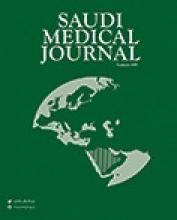Abstract
Hereditary hemorrhagic telangiectasia HHT, Morbus Osler or Osler-Weber-Rendu syndrome OMIM 187300, is an autosomal dominant disorder characterized by epistaxis, telangiectasia, multi-systemic vascular dysplasia and clinical presentation of wide variation. The pathogenesis involves dilated post-capillary venules or telangiectases in the mucus membrane of various organs as well as larger arteriovenous malformations. Genetic heterogeneity of HHT is confirmed; 2 disease loci, ACVRL1 and ENG genes, have been identified and characterized. The 2 major types of the disease, HHT1 and HHT2, are attributed to mutations in the ENG and ACVRL1 genes. ENG and ACVRL1 genes code for proteins, namely endoglin and activin-receptor-like kinase 1 ALK-1, which are members of the TGF-beta receptor family, are essential for maintaining vascular integrity. Another gene has been implicated in HHT; the HHT3 locus linked to chromosome 5. In the last 2 decades, the genetics, pathogenesis, clinical manifestations and management of HHT have been extensively researched. At this stage, it is deemed appropriate to review the wealth of information accumulated on the topic. Better understanding of the functions of endoglin, ALK-1, and other proteins involved in the pathogenesis of HHT should facilitate better management of patients with this disorder.
- Copyright: © Saudi Medical Journal
This is an open-access article distributed under the terms of the Creative Commons Attribution-Noncommercial-Share Alike 3.0 Unported, which permits unrestricted use, distribution, and reproduction in any medium, provided the original work is properly cited.






